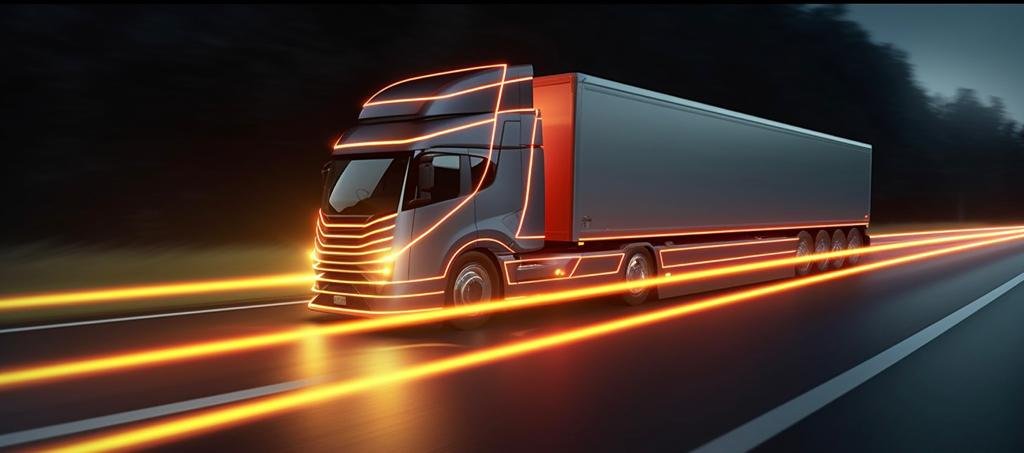Can slipstreaming improve EV Range?
There’s a lot of talk on forums about whether slipstreaming (or drafting) behind a lorry can improve EV range. Most people agree that there is some benefit but the real question isn’t just ‘is it possible?’ but rather whether it’s possible to do safely.
What is slipstreaming?
This is a practice most commonly seen in motorsport where a car takes advantage of the area of low pressure directly behind the car in front. In sitting in this area of lower pressure, the following car can work less hard to overcome air resistance. This is vitally important when aerodynamic advantage can mean the difference between being able to overtake or not.
The thing is, race cars are designed to be as aerodynamic as possible. Formula cars, especially, are feats of engineering where every tiny winglet has been tuned to the most precise of measurements in order to improve how it performs on track. Road cars, on the other hand, don’t get anywhere near that kind of treatment and while modern designs take aerodynamics into mind with the goal to reduce drag, it’s a balancing act alongside passenger space, aesthetics, comfort, and practicality.
On the track, slipstreaming works but does it apply to the real world?
Busting the myth
Back in 2007, MythBusters did an episode on Big Rig Myths, including whether driving behind a lorry would improve fuel consumption. It found that at distances between 10ft and 100ft, the answer is yes. In fact, travelling 10ft (3 metres) behind a truck doing 55mph (88 kph) improved miles per gallon by 39%. At 20ft (4m) behind, the improvement is 27%, then 20% at 50ft (15m), and 11% at 100ft (30m).
But that’s not safe…
Correct. In fact, the minimum safe distance behind a lorry travelling 55mph is actually 164ft (50m), but realistically, you’ll want to be even further back than that. So yes, while slipstreaming does work for regular road cars, there’s no safe way to do it according to the data from MythBusters and a subsequent study from the University of San Diego entitled Effects of Highway Slipstreaming on Gas Consumption.
Doesn’t it still work for EVs, though?
If you’re an EV driver, you might have noticed that tucking yourself into the inside lane behind a lorry gives you more range. So you might wonder if slipstreaming really does work, even at a safe distance. According to these studies, no it doesn’t.
What does give you more range, though, is travelling at slower speeds. So it’s not necessarily an area of low pressure behind a HGV that gives you all those tasty miles, it’s the fact that it forces you to travel at a slower, more steady speed — compared to putting your foot down to overtake in the outside lane(s).
In fact, the Energy Saving Trust estimates that the difference in range between driving at 70mph compared to 50mph is as much as 36%. That means that just slowing down behind a lorry at a safe distance could give you up to 90 extra miles of range (based on a vehicle with a WLTP range of 250 miles).
Truck platooning
I know we’re discussing passenger cars here but it’d be unfair not to mention a scenario that’s both safe and takes advantage of the drag reduction of following close behind another vehicle. Truck platooning is where a series of trucks can travel nose to tail in order to reduce their fuel consumption. The vehicle at the front is controlled by a human driver while all the others are under autonomous control using technology similar to adaptive cruise control, meaning they’re simply following the vehicle ahead.
A series of trials have been conducted across the world with several prominent ones taking place across the UK. HelmUK, a trial that ran from 2017-2022, found that platooning saved small amounts of fuel over simply using adaptive cruise control. The study also found that the fuel savings increase to as much as 4.1% on roads optimised for platooning.
Stay safe
In short, you can reduce drag to increase range by sitting behind a lorry, but those savings are far outweighed by the personal risk, as well as the danger to other road users. It’s absolutely not safe to sacrifice stopping distance for a small bump in fuel economy or battery range. However, simply slowing down can significantly increase your range.


